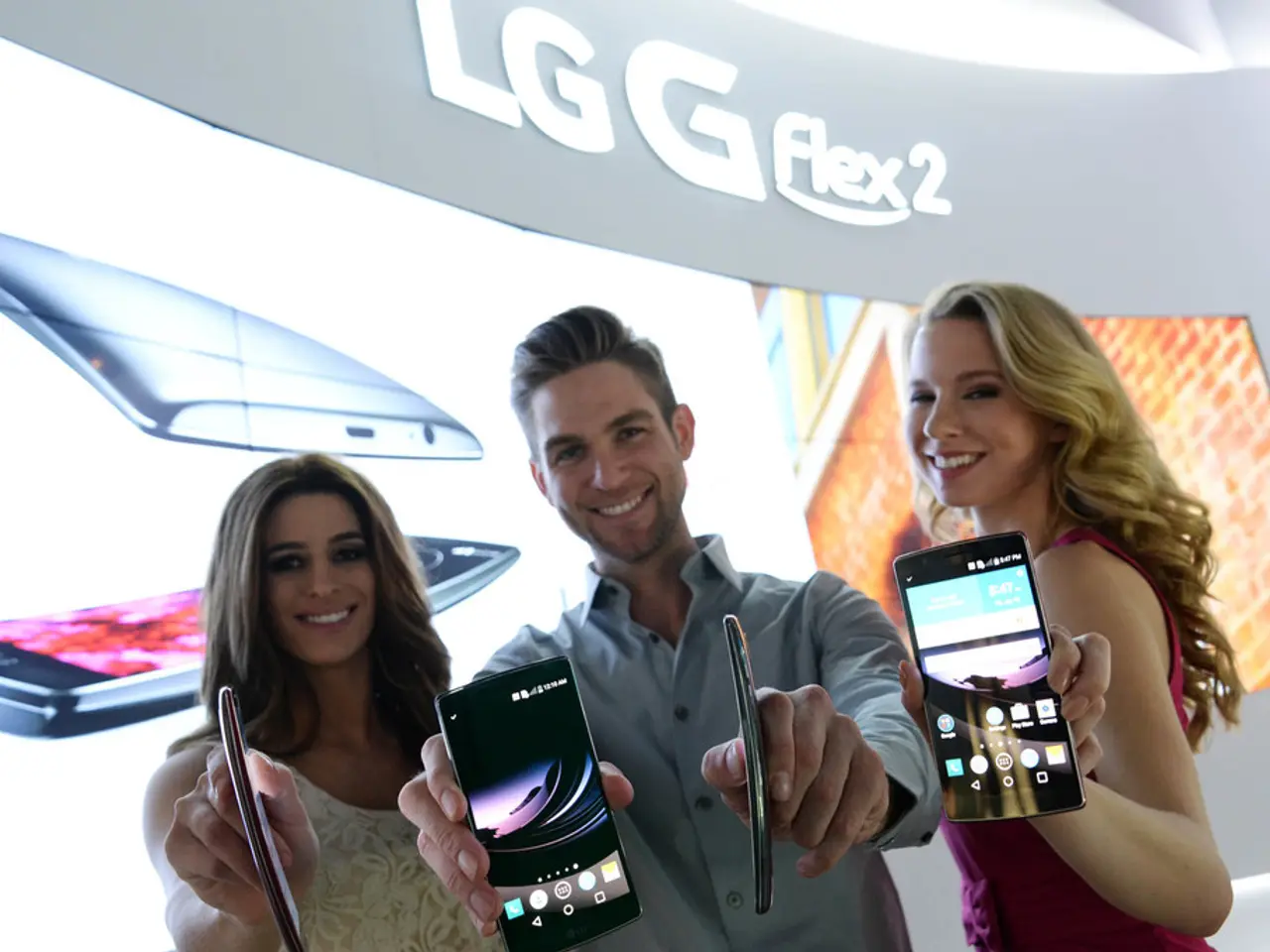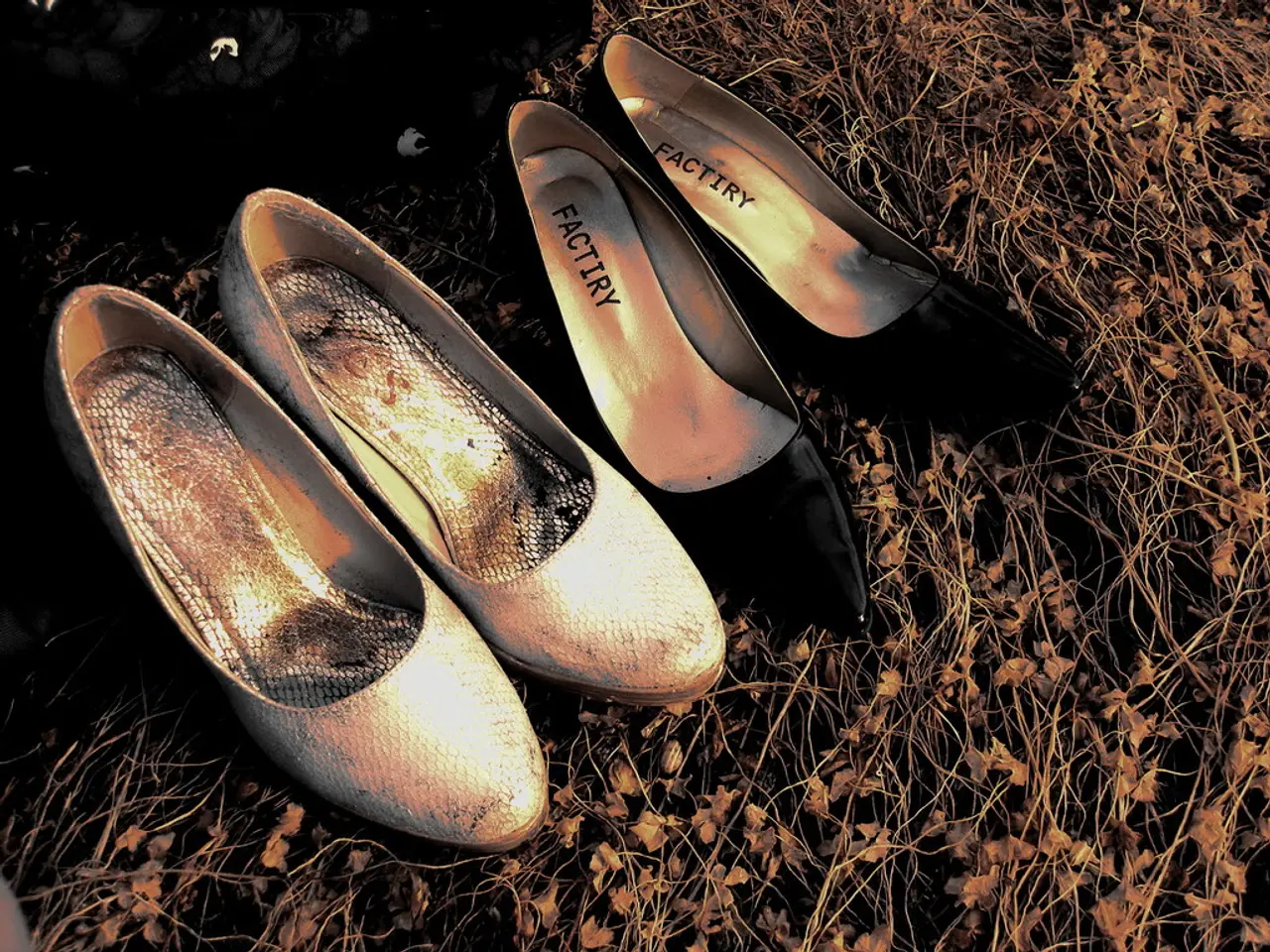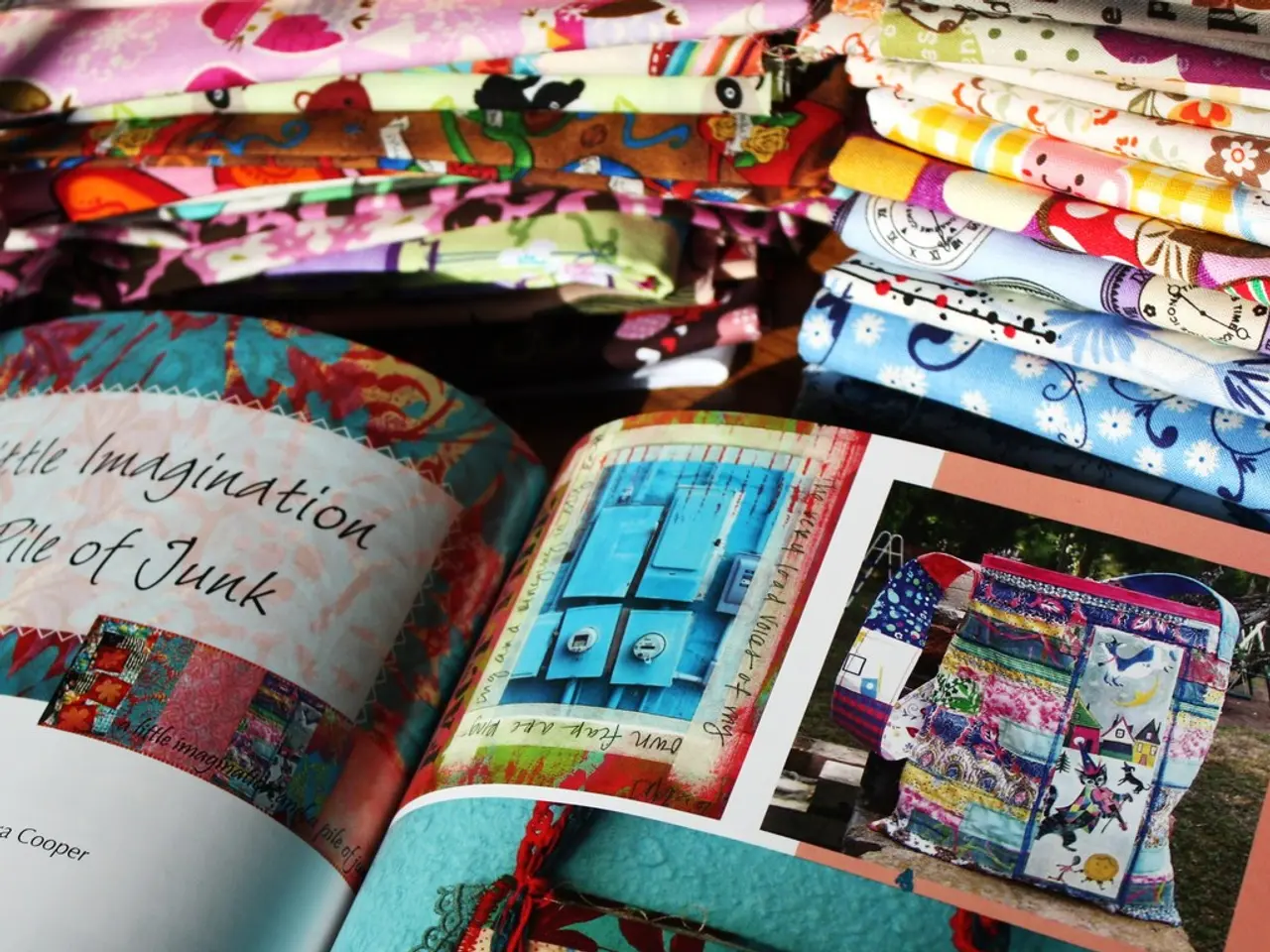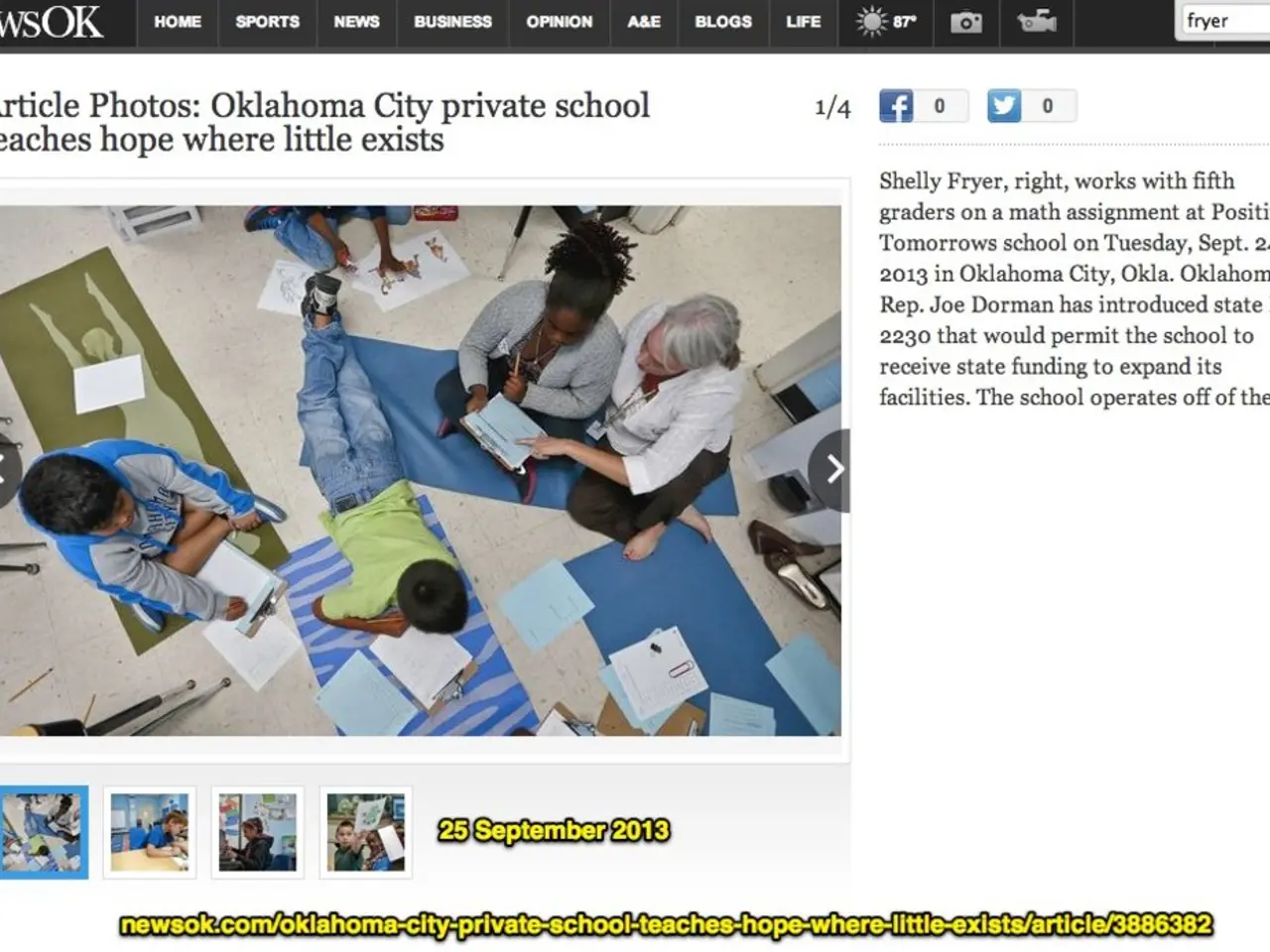The Gen Z Stare: Examining the Interactions that Ignite Frustration Towards 'Whining Millennials'
In the digital age, a new cultural expression has emerged on TikTok, capturing the attention of millions - the Gen Z stare. This viral phenomenon is characterized by a blank, expressionless look commonly displayed by Gen Z individuals, often in response to confusing, outdated, or nonsensical statements typically from older adults.
This stare differs from similar concepts such as the "customer service stare" or the "Millennial Pause". Instead, the Gen Z stare functions as a deliberate, almost performative silence that reflects a generational disconnect, highlighting how Gen Z navigates and critiques social interactions, often humorously or ironically.
Thousands of TikTok videos show examples of the Gen Z stare in various customer service scenarios. One TikTok user described a situation where they and a Gen Z individual engaged in a silent standoff, comparing it to a "wizard battle". Another popular TikToker, Christian Divyne, considers the Gen Z stare a "universal customer service experience" and not exclusive to Gen Z.
The significance of the Gen Z stare lies in how it captures intergenerational tensions and communication gaps. Psychologists note this trend points to broader generational differences in communication and social responses, with Gen Z using silence or a blank look as a tool of subtle resistance or commentary on the absurdity they perceive around them.
A study from Forbes found that 50% of Gen Zers believe their social skills have declined, and 25% of their verbal skills have declined due to the COVID-19 pandemic. Leadership coach Phoebe Gavin attributes this decline in social skills to the lack of in-person interactions and passive social training during remote work.
Not all Gen Z individuals will exhibit the Gen Z stare, as it depends on the individual and the situation. Some TikTok users have claimed that they participate in the Gen Z stare in certain situations, such as during mandatory small talk. However, it's important to remember that each generation has its own unique quirks and behaviors, and they are often subject to criticism.
The Gen Z stare trend has sparked debates about intergenerational interactions. Some view it as Gen Z individuals processing stupidity, while others see it as a sign of indifference and rudeness. It's crucial to approach these situations with understanding and open dialogue, fostering a more harmonious intergenerational exchange.
In conclusion, the Gen Z stare is both a cultural expression and social commentary, emblematic of Gen Z's digital-native communication style and their way of responding to older generations' norms or expectations without overt confrontation. It serves as a reminder of the importance of understanding and bridging the communication gaps between generations in the digital age.
[1] BBC News. (2021, February 23). The 'Gen Z stare': TikTok's latest viral trend. Retrieved from https://www.bbc.com/news/technology-56220879 [4] The Guardian. (2021, February 19). The Gen Z stare: the viral TikTok trend that sums up the awkwardness of generational interaction. Retrieved from https://www.theguardian.com/technology/2021/feb/19/the-gen-z-stare-the-viral-tiktok-trend-that-sums-up-the-awkwardness-of-generational-interaction
- The Gen Z stare, as seen on TikTok, represents a unique form of expression in the digital age, merging style, lifestyle, and fashion-and-beauty trends with social-media savvy and pop-culture references.
- The Gen Z stare, a deliberate blank look often displayed in response to nonsensical statements, is a form of subtle resistance against outdated norms or expectations, highlighting the generational disconnect that exists in recent entertainment and pop-culture contexts.
- Psychologists argue that the Gen Z stare trend mirrors broader generational differences in communication and social responses, signifying a critical commentary on the absurdity perceived in contemporary social interactions.
- Amidst ongoing debates about the Gen Z stare, it is essential to consider the influence of factors such as the COVID-19 pandemic and the shift to remote work on the lifestyles and communication styles of this generation, emphasizing the need for understanding and open dialogue between generations.






